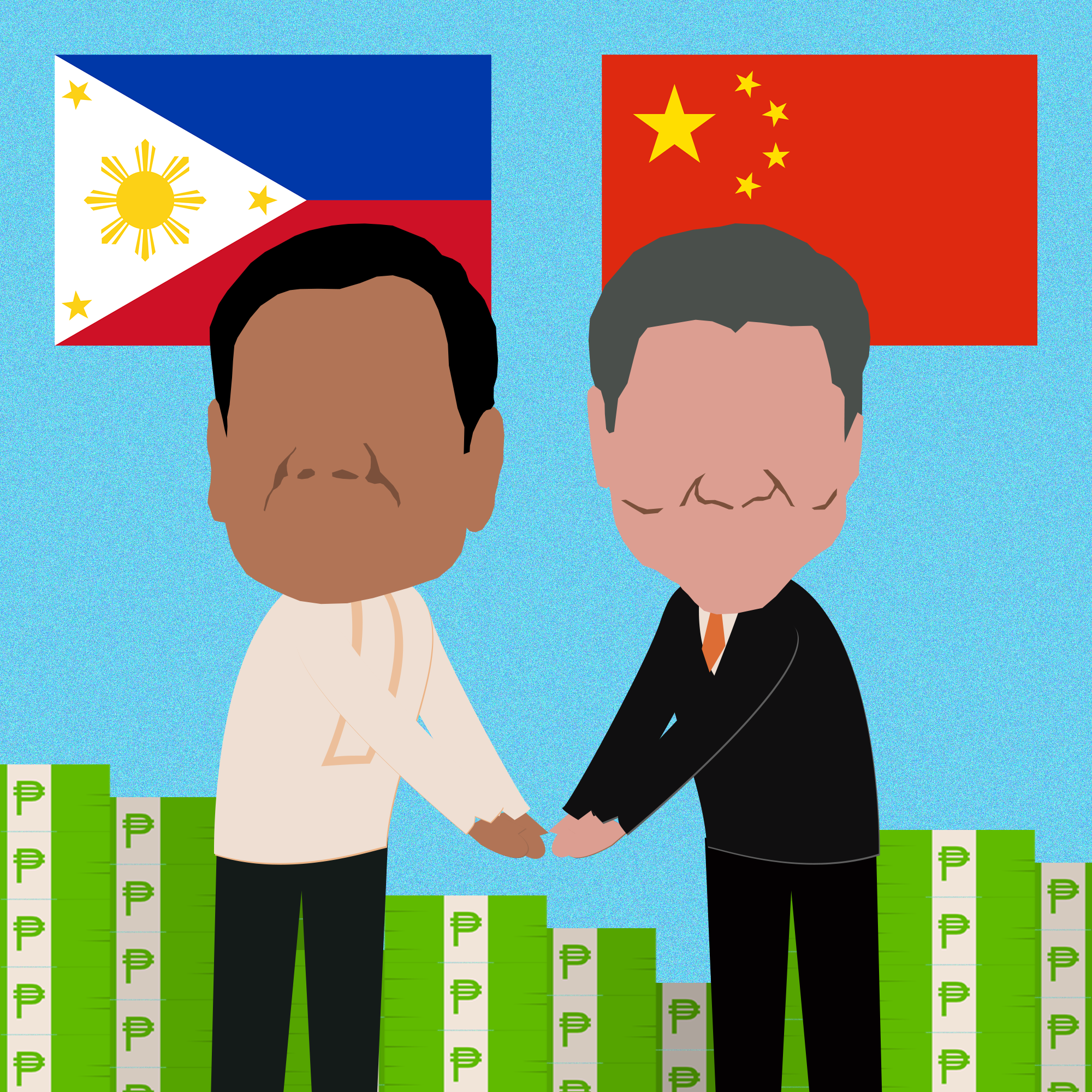The Philippine economy was already weak coming into the COVID-19 crisis, research group IBON said. Growth will remain slow if the government does not acknowledge pre-existing weaknesses that the pandemic merely intensified. The group said that recognizing the problem is the first step to the bold measures needed for long-term growth and development.
The Philippine Statistics Authority (PSA) reported -0.2% growth in gross domestic product (GDP) in the first quarter of 2020, marking a significant drop from the 5.7% growth in the same period last year. The National Economics and Development Authority (NEDA) attributed this to the Taal volcano eruption in January, decrease in trade and tourism due to COVID-19 in February, and the eventual lockdown in March.
IBON said however that the economy was already slowing for three consecutive years and headed for its fourth such year even before COVID-19 came into the picture. Official figures show annual GDP growth falling from 7.1% in 2016 to 6.9% in 2017, 6.3% in 2018 and 6.0% in 2019. Year-on-year first quarter growth also reflects this trend, falling from 6.9% in the first quarter of 2016 to 6.4% in 2017. This slightly increased to 6.5% in 2018 but fell to 5.7% in 2019. In 2020, first quarter growth dove to -0.2%, which is the first GDP contraction since the fourth quarter of 1998 (-3.4%).
Important accustomed drivers of growth were falling even before the eruption of Taal Volcano in January and the COVID-19 crisis since February and especially since the lockdown starting mid-March. Growth in overseas remittances slowed from 5.3% in 2017 to 3.9% in 2019, and foreign investment flows from US$10.3 billion to US$7.6 billion over the same period. The manufacturing sector slowed from 8% in 2017 to 3.2% in 2019, and agriculture from 4.2% to 1.2% over the same time.
Tourism had also been lackluster, said the group. Growth in gross value added of tourism industries remained virtually stagnant from 10.1% from in 2016 to 10.3% in 2017 and 10.6% in 2018.
In terms of expenditure, gross capital formation considerably slowed from 10.9% growth in 2017 to 2.5% in 2019 and exports from 17.4% to just 2.4 percent. Household consumption spending remained steady at 6% in 2017 and 5.9% in 2019. Hence, overall economic growth has just been artificially driven by government consumption spending, which increased from 6.5% in 2017 to 9.6% in 2019 and by public infrastructure projects rather than an underlying dynamism from vibrant domestic agriculture and industry.
These basic economic weaknesses result in record joblessness and the proliferation of informal and irregular work. Correcting the official methodology which underreports joblessness, IBON estimated that the number of unemployed reached a record 4.7 million in 2019. The group also estimated that 27.2 million or 64% of employment in the same year was really poor quality work comprised of non-regular and agency-hired, government contractuals, and informal earners.
Widespread poverty is another indicator of a sluggish economy, said the group. According to PSA data, some 12.4 million or over half of 22 million families nationwide were trying to survive on less than P132 per person per day.
IBON pointed out that the last three years of slowing growth has been despite the Duterte administration’s expanding Build, Build, Build infrastructure program. Despite annual appropriations for infrastructure increasing to 4.7% of GDP in 2019, economic growth still fell for a third consecutive year. The group explained that infrastructure spending is a short-term stimulus at best and that domestic agriculture and Filipino industry have to be strengthened for growth to be higher and more sustained.
The agriculture sector has been weakening due to long-time government neglect. It grew from -0.1% in 2016 to 4.2% in 2017, but steadily declined thereafter to 1.1% in 2018 and 1.2% in 2019. First quarter growth in agriculture slid to -0.4% in 2020 from 0.5% the previous year. Continued agricultural liberalization, such as of the rice subsector, will only weaken agriculture further.
Growth in manufacturing, which has long been foreign-dominated and export-oriented, has also been dwindling. The sector registered 6.8% growth in 2016, which increased to 8.0% in 2017. But this dropped to 5.1% in 2018 and 3.2% in 2019. First quarter growth in manufacturing went down to -3.6% in 2020 from 5.2% in 2019.
IBON said that the government will be making this same mistake in overly relying on infrastructure spending as its response to the unprecedented COVID-19 crisis. The group stressed that the government needs to implement bolder measures that prioritize the needs of Filipinos, especially the most vulnerable, and that genuinely develop the national economy.
These include: immediate emergency relief, and especially with unemployment soaring, extended income support to poorest households; expanding the public health system and providing universal social protection; and repurposing the economy for domestic demand-driven employment and growth by strengthening agriculture and building Filipino industry. The resources needed for these can be raised by imposing a wealth tax, higher personal income taxes for the richest families, and higher corporate income tax for the largest corporations.
IBON said that if the government insists on its old neoliberal policies and does not change course, the economy will be even weaker after the COVID-19 crisis.






